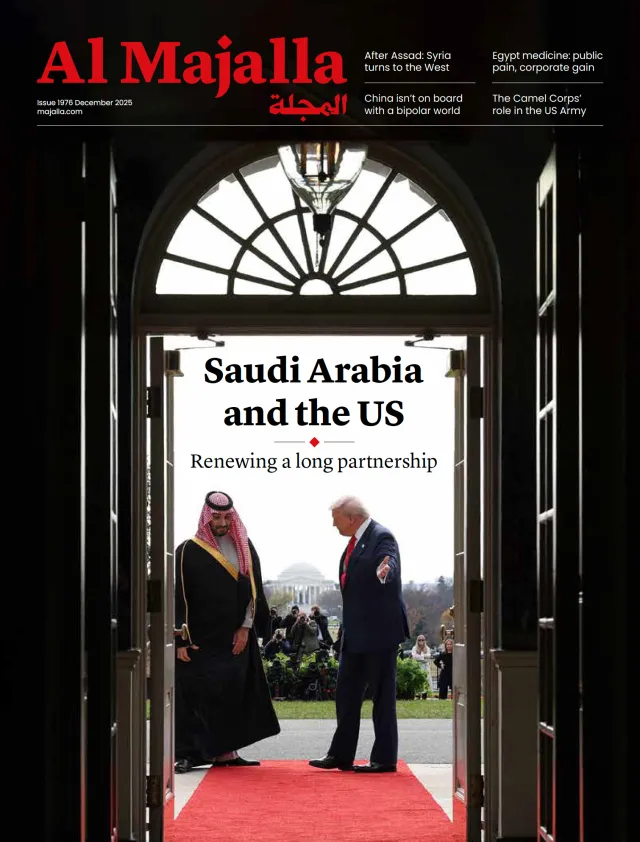To understand the current fighting between Iran and Israel, it helps to know how the world changed since the Middle East’s last big wars, and specifically, how it was changed since Hamas attacked Israel on October 7, 2023. Indeed, the ‘Rules of 7 October’ are a good starting point.
While this eruption of direct attacks between Israel and Iran evokes major Middle Eastern conflicts in recent decades—such as the Iran-Iraq War (1980–88), the Arab-Israeli wars (1967 and 1973), and the Suez Crisis (1956)—it operates under its own distinct logic and carries far-reaching consequences.
Israel and Iran are waging war in a world that has moved beyond the neat East-West split of the Cold War era. Not all Western nations support Israel, nor does the entire Eastern bloc back Iran. Meanwhile, US President Donald Trump is unlike any of his predecessors, not just in his method but in his outlook.
Then and now
In the latter half of the 20th century, many of the Middle East’s traditional regional powers were relatively strong. The likes of Egypt, Syria, and Iraq had decent militaries and were politically stable. Today, they are either emerging from severe economic crises, civil war, or both. As they try to recover their strength of influence, the centre of Arab power has shifted to the Gulf, led by Saudi Arabia, while other regional actors—notably, Türkiye—have also risen in prominence.
These emerging powers seek economic prosperity and stability, and are investing considerable diplomatic efforts to resolve conflicts and mitigate their consequences. But they are having to do so in the new post-October 2023 world.




